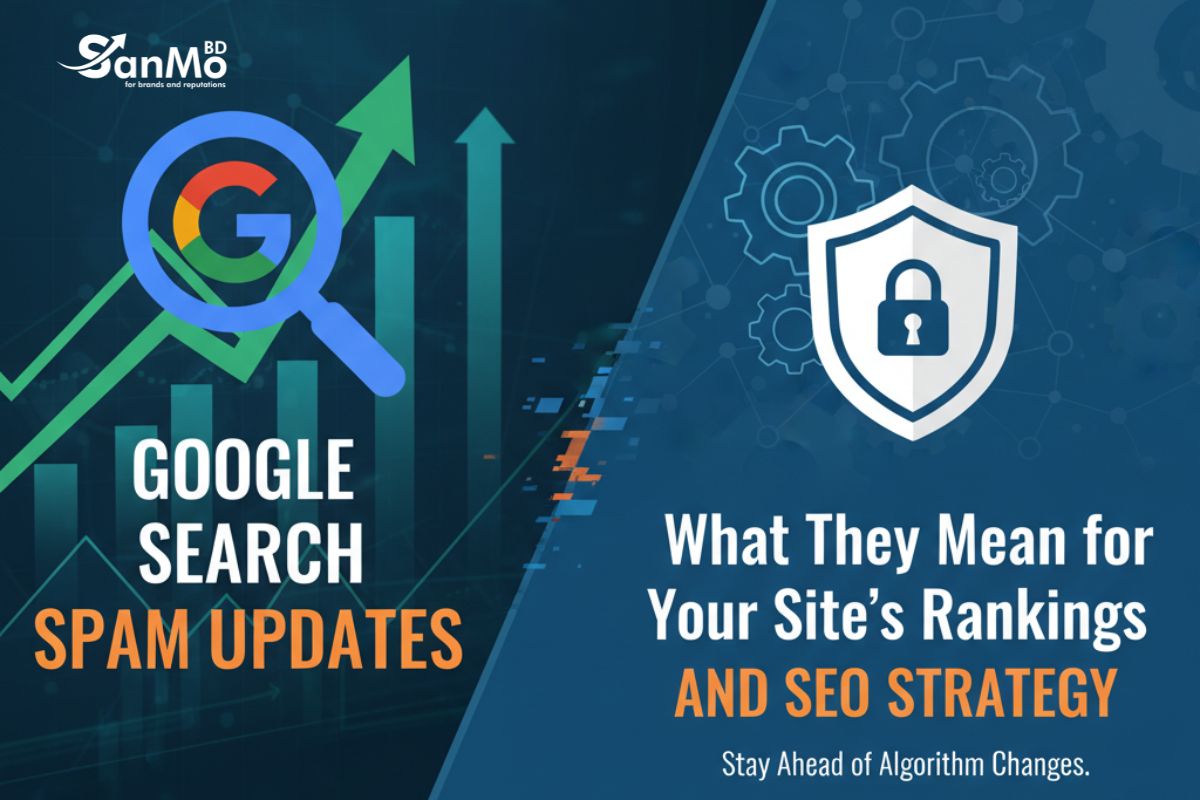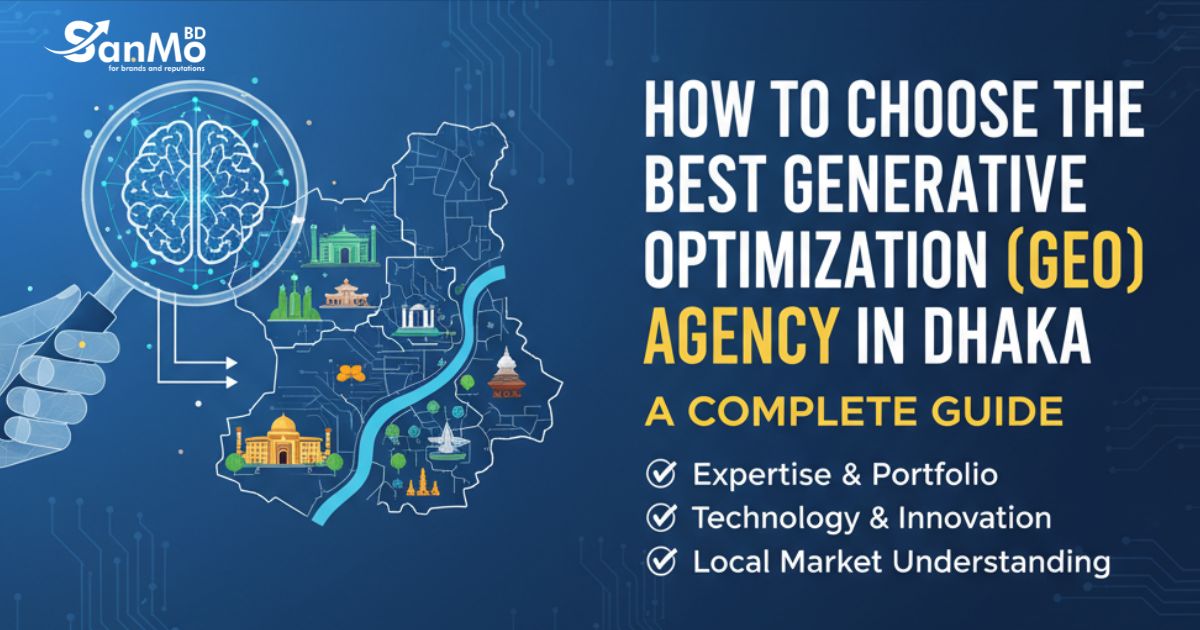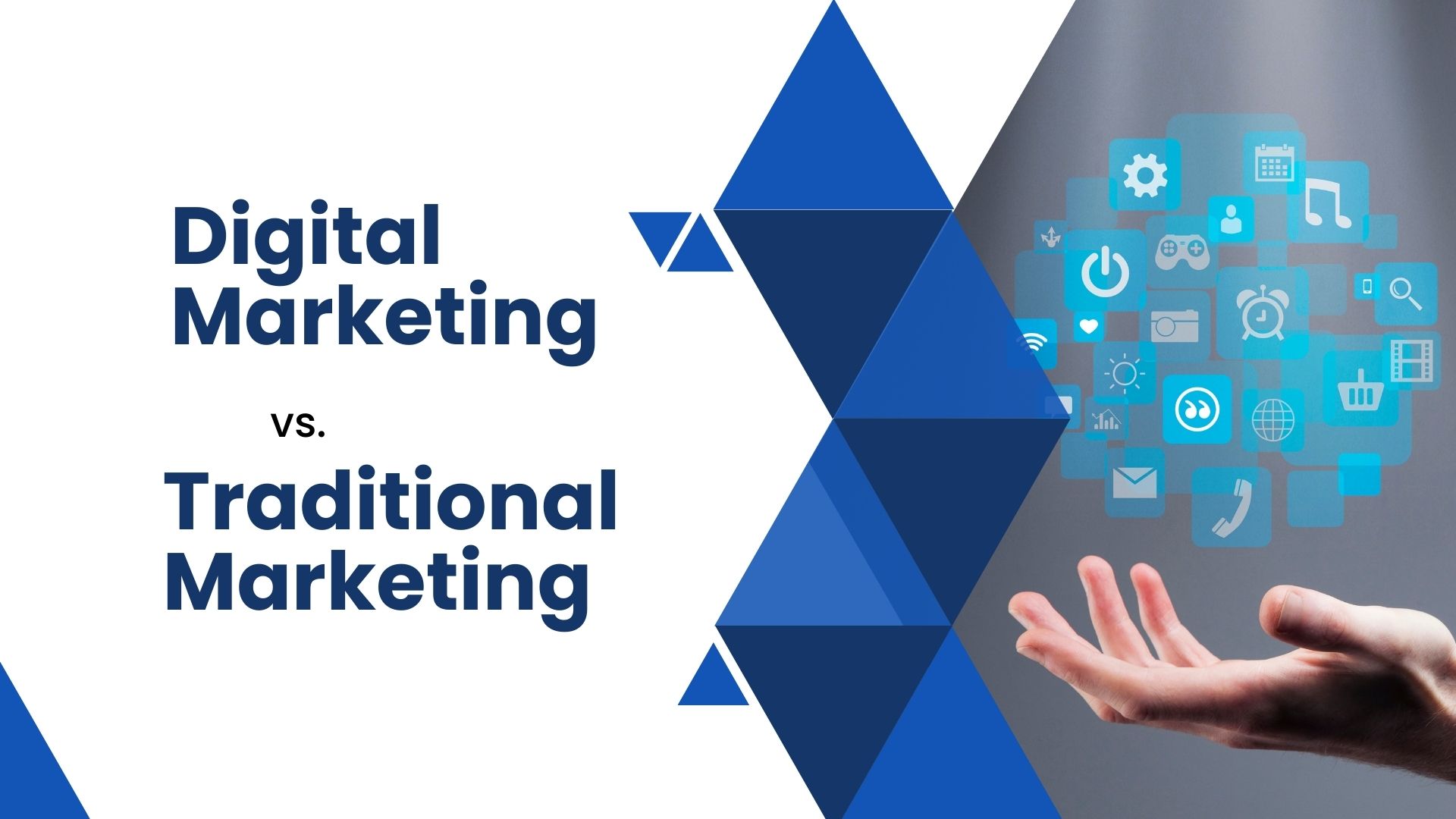If you manage a website, especially for a business or service, you’ve probably experienced it — one day your site’s search rankings are climbing, organic traffic is thriving, and engagement metrics look strong. The next day, everything drops, leaving you wondering what went wrong. In many cases, the culprit is a Google Search Spam Update, part of the search engine’s continuous efforts to maintain high-quality, trustworthy results.
Google continually enhances its SpamBrain and AI-powered algorithms to detect and penalize websites that use manipulative tactics, thin or duplicate content, or low-quality backlinks to gain an unfair advantage. These updates can affect ranking signals, reduce organic visibility, and even trigger manual actions in Google Search Console.
For business websites, these updates are especially critical. Even well-established service sites can suffer sudden drops in leads, traffic, and conversions if they unintentionally violate spam policies. Working with professional SEO services ensures your website not only recovers from penalties but also grows organically on Google, AI-driven search platforms, and semantic search engines.
This guide explains how Google’s spam updates work in 2025, how to detect if your site is impacted, and actionable steps to recover while building a future-proof SEO strategy.
What is a Google Search Spam Update?
A Google Search Spam Update is a targeted improvement to Google’s automated spam-detection systems. Unlike broad core updates, which reassess overall content quality and relevance, spam updates specifically identify websites that violate Google’s spam policies.
The goal is simple: clean up search results by demoting or removing pages that offer little value or actively mislead users. Google’s AI-powered system, SpamBrain, introduced in 2018, is at the heart of these updates and has become increasingly sophisticated at detecting various forms of web spam.
Common spam tactics targeted include:
-
Thin or Scraped Content: Pages with very little original content or copied content from other websites.
-
Keyword Stuffing: Overloading a page with repetitive keywords to manipulate ranking.
-
Cloaking: Showing different content to search engines than to users.
-
Link Spam: Buying, selling, or excessively exchanging backlinks to manipulate PageRank.
These updates reinforce Google’s commitment to high-quality, relevant, and trustworthy search results, directly impacting your website’s organic traffic, search authority, and user experience.
Dig Deeper: Google Search Spam Update
Core Updates vs. Spam Updates: What’s the Difference?
Understanding the difference is critical for recovery:
-
Core Updates: Broad changes to Google’s main algorithm, reassessing overall content relevance and quality. Ranking drops after a core update may not indicate wrongdoing — other websites may now be considered more authoritative. Recovery involves improving user experience, content quality, and adherence to E-E-A-T guidelines (Experience, Expertise, Authoritativeness, Trustworthiness).
-
Spam Updates: Targeted actions against sites violating specific spam policies. Recovery requires identifying and correcting spam triggers. Some cases may result in manual actions visible in Google Search Console.
Think of it this way: a core update re-evaluates the entire class’s performance, while a spam update catches individual mistakes. Businesses need both a holistic SEO strategy and targeted fixes to maintain high rankings.
How to Tell if You’ve Been Hit by a Google Spam Update
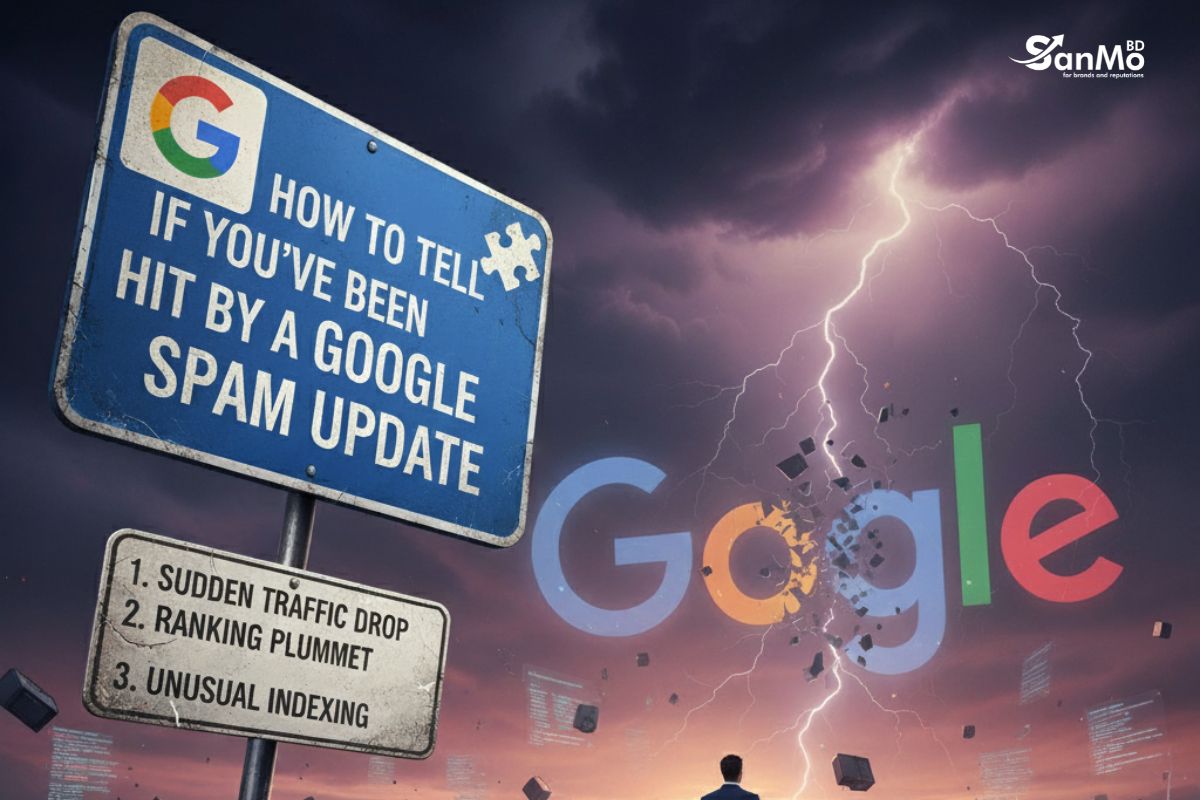
A sudden drop in organic traffic is often the first sign. To confirm a spam update impact:
Check for Official Announcements
Google announces major spam updates on its Google Search Central blog or X (formerly Twitter). Cross-reference traffic drops with official update dates.
Analyze Your Traffic in Google Search Console
Review your performance report. Did specific pages or keywords drop sharply? Check for manual action messages or security issues for direct evidence.
Conduct an SEO Content Audit
Look for:
-
Low-Quality Content: Thin, auto-generated, or scraped content.
-
Unnatural Links: Spammy backlinks from low-quality or irrelevant sites.
-
Keyword Stuffing: Repetitive keywords in unnatural ways.
A content audit identifies the exact issues triggering penalties.
Spam Update Recovery: Step-by-Step Plan
Recovering from a spam update takes time, but it is achievable with strategic SEO efforts. Professional SEO services often accelerate this process.
Step 1: Identify and Remove Spammy Content
-
Rewrite thin content to add unique value and insights.
-
Replace scraped content with original material.
-
Eliminate keyword stuffing and optimize for natural language and semantic search.
Step 2: Clean Up Your Backlink Profile
-
Remove links from link farms, PBNs, or irrelevant sites.
-
Use Google’s Disavow Tool cautiously for harmful backlinks.
-
Focus on earning high-authority backlinks from relevant websites.
Step 3: Focus on E-E-A-T and User Experience
-
Experience: Create content based on first-hand experience.
-
Expertise: Showcase knowledge with author bios and credentials.
-
Authoritativeness: Build your site’s reputation in your niche.
-
Trustworthiness: Be transparent, use HTTPS, and provide clear policies.
-
Enhance navigation, mobile experience, and page speed.
Step 4: Submit a Reconsideration Request
-
For manual actions, submit a reconsideration request in Google Search Console.
-
Detail the issues fixed and commit to following Google’s guidelines.
How Google Spam Updates Can Impact Business Websites and Why Professional SEO Matters
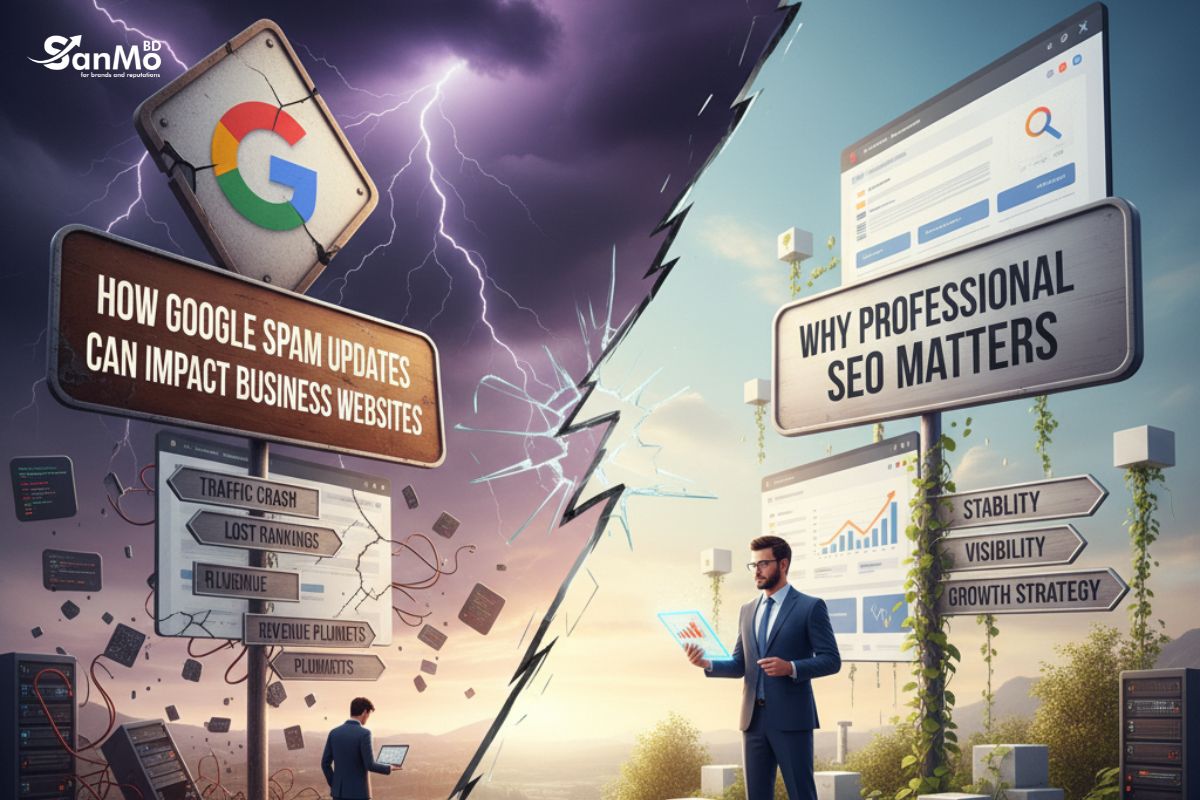
Even well-established service and business websites are vulnerable. Spam triggers may reduce leads, organic traffic, and rankings even for businesses with high-quality content.
Professional SEO services provide the expertise to:
-
Detect spam triggers using AI-powered tools.
-
Perform technical SEO audits and semantic content optimization.
-
Restore and grow organic visibility post-update.
-
Maintain compliance with Google’s 2025 algorithm updates.
Common Spam Triggers That Affect Business Sites
Thin or Duplicate Content
Pages with little unique content or copied text are prime targets. Example: product descriptions copied from manufacturers without added insights.
Keyword Stuffing
Overloading pages with repeated target keywords reduces readability and triggers penalties. AI algorithms like MUM and Gemini understand context and semantic meaning, making keyword stuffing obsolete.
Low-Quality Backlinks
SpamBrain flags links from irrelevant or low-authority sites. Even reputable business sites can acquire harmful links through partnerships or guest posts.
Cloaking or Hidden Content
Displaying different content to search engines than to users violates Google guidelines. Modern AI-driven detection identifies cloaking more effectively than ever.
Building a Future-Proof SEO Strategy
Prevent spam penalties with a proactive, white-hat SEO approach:
-
Create People-First Content: Solve user problems and provide real value.
-
Earn High-Quality Backlinks: Focus on relationships and link-worthy content.
-
Optimize Technical SEO: Ensure site performance, structured data, and crawlability.
-
Monitor & Adapt: Stay updated on algorithm changes and adjust strategy.
-
Leverage AI & Semantic SEO Tools: Enhance content relevance and organic traffic growth.
Your Path to SEO Resilience
Google’s ultimate goal is user satisfaction. Align your business goals with their standards to:
-
Recover quickly from penalties.
-
Boost organic traffic sustainably.
-
Maintain domain authority and credibility.
Professional SEO services can help service and business websites face Google Spam Updates, recover rankings, and optimize for AI-powered search platforms.
FAQs
What is the Google SpamBrain update?
The Google SpamBrain update refers to improvements to SpamBrain, Google’s AI-based spam prevention system. These updates enhance its ability to detect and neutralize various forms of spam, from link spam to low-quality content, often in real time.
How long does spam update recovery take?
Recovery time varies. If you’ve received a manual action, recovery depends on how quickly you fix the issues and get your reconsideration request approved. For algorithmic penalties, you may have to wait until the next time Google runs its algorithm, which could be weeks or months. The key is to make meaningful improvements.
Can a single piece of spammy content affect my whole site?
Yes. While Google often penalizes specific pages, widespread or severe spam issues can impact the rankings of your entire website. It’s best to maintain high-quality standards across all your content.
Is AI-generated content considered spam?
Not necessarily. Google’s policy is against using AI primarily to manipulate search rankings. If you use AI to generate high-quality, helpful, people-first content, it is not inherently a violation. However, using AI to produce low-quality, unedited content at scale is considered spam.
